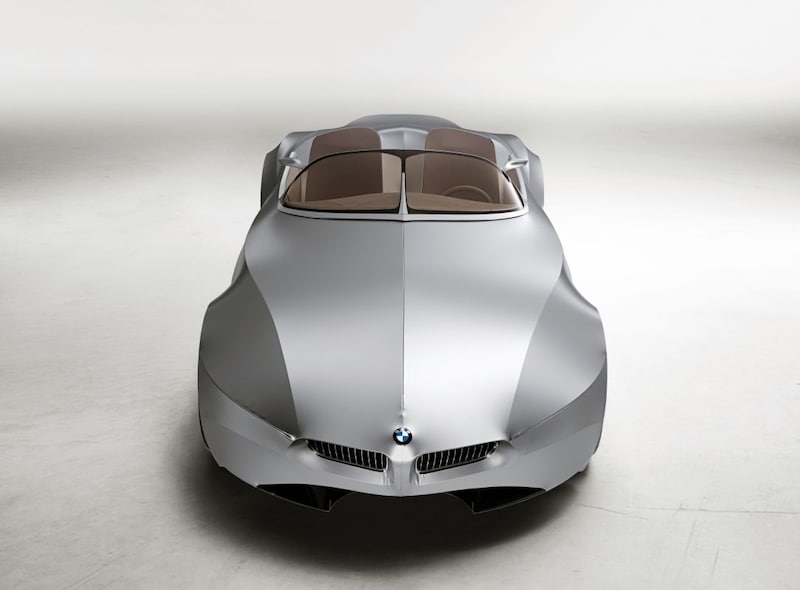


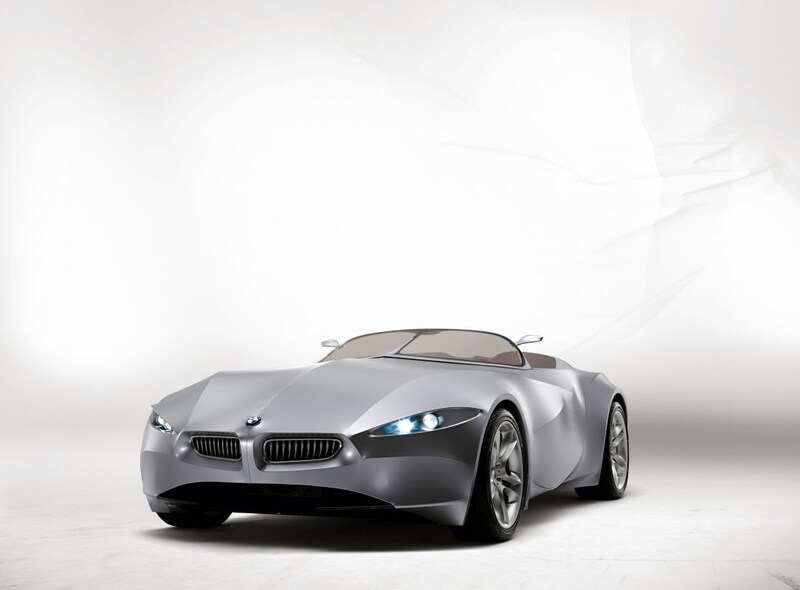

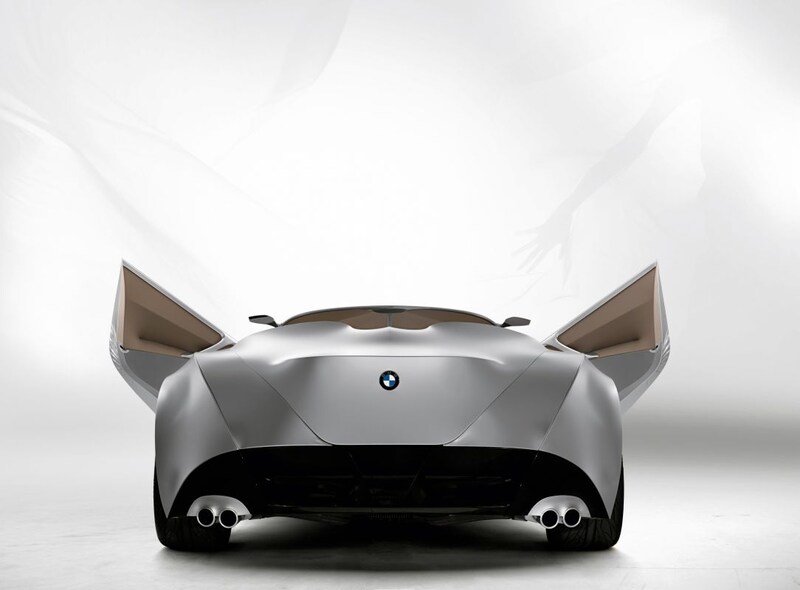
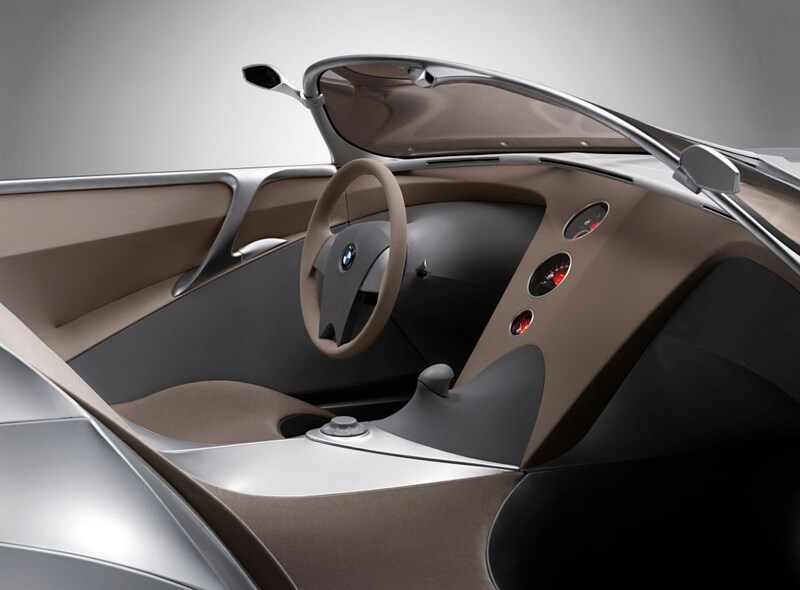
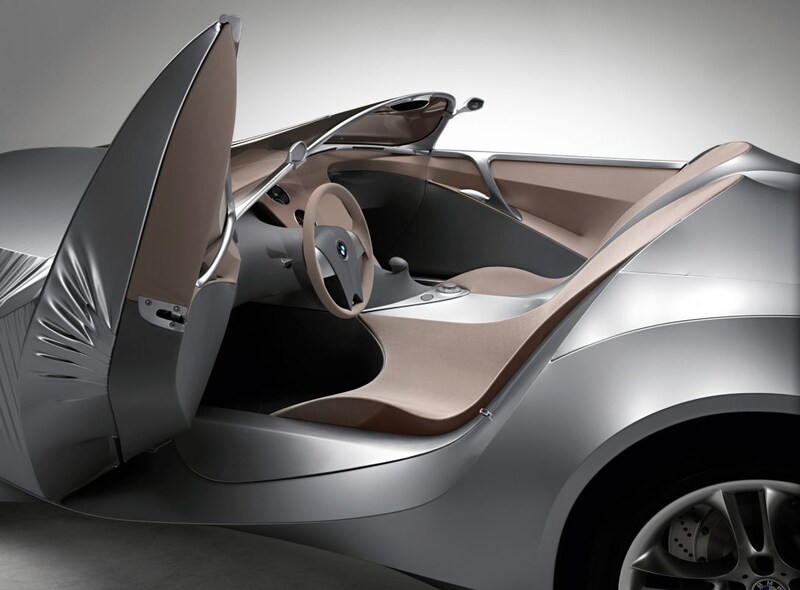

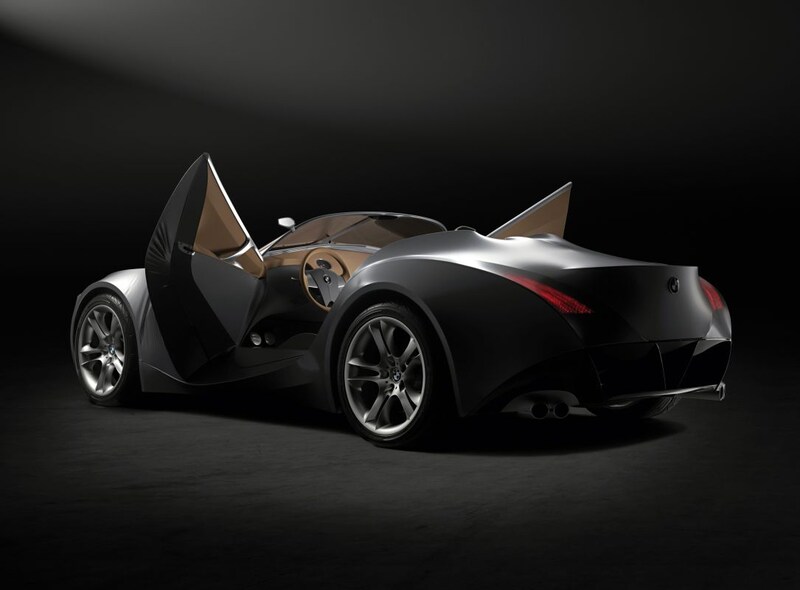
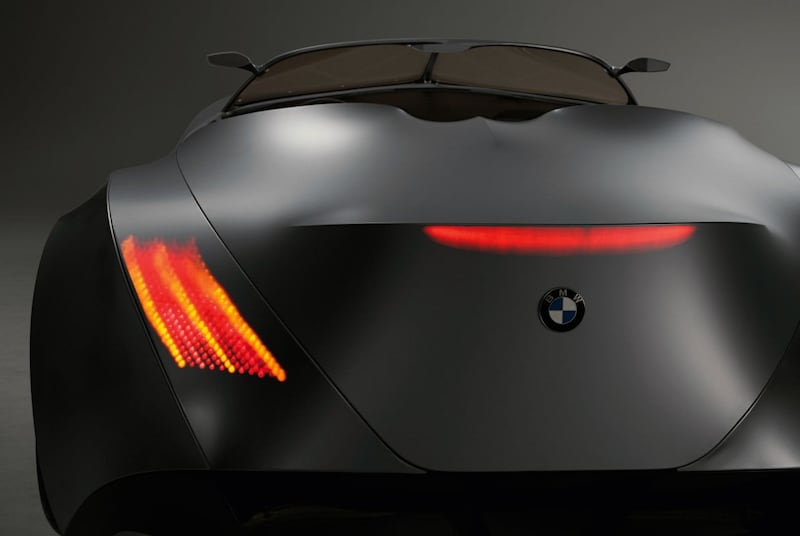
In this edition of De Vluchtstrook we again discuss a special concept car. In 2008 BMW unveiled the GINA ‘Light Visionary Model’, a study model with an unconventional body. Instead of steel or aluminum, they used spandex for the ‘sheet metal’!
The designs of designer Chris Bangle had a fairly polarizing effect in BMW circles. One of his most controversial designs has been the E65 7 Series, whose styling marked a break with the past. Not everyone was an equally big fan of it. At the time, even petitions were circulated in which angry enthusiasts demanded that BMW should send Bangle out of the avenue. However, in 2008, after working on the project since 2001, he came up with a concept car that is known as his most unconventional design.
Spandex
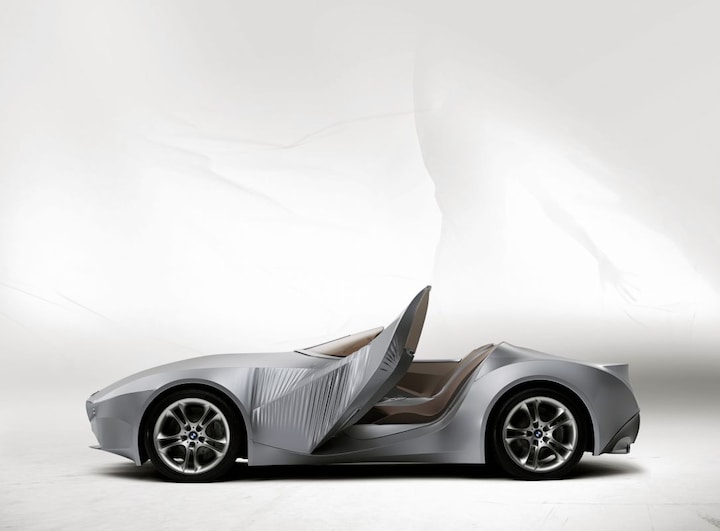
The abbreviation ‘GINA’ stands for ‘Geometry and functions In’ N ‘Adaptations’. The ‘N’ symbolizes infinity in mathematics. In other words, the flexibility of the Gina has no limits. The most unique aspect of the Gina is that the body does not consist of panels of aluminum or steel, but of spandex coated in polyutheran. This synthetic material is best known for its elasticity and can withstand both extreme cold and heat. It is used in sportswear, among other things. Spandex is resistant and durable, according to BMW, which makes it suitable for use on a car. Moreover, because the material is flexible, it will not be damaged when it changes shape.
The construction of the Gina is as follows: the spandex is stretched over an aluminum frame. BMW used carbon fiber for the more flexible parts of the car. The shape of the frame is then influenced by electric motors and hydraulics. This means that the Gina only needs four ‘panels’ for the body: the hood, two side panels and the trunk. When the gull-wing doors open, the spandex moves with it. The same goes for the hood. It splits open, as it were, to access the engine, which led to great hilarity for many. Partly because of the name of the car, you don’t need a lot of imagination to understand what people thought was so funny about it.
Not for the market
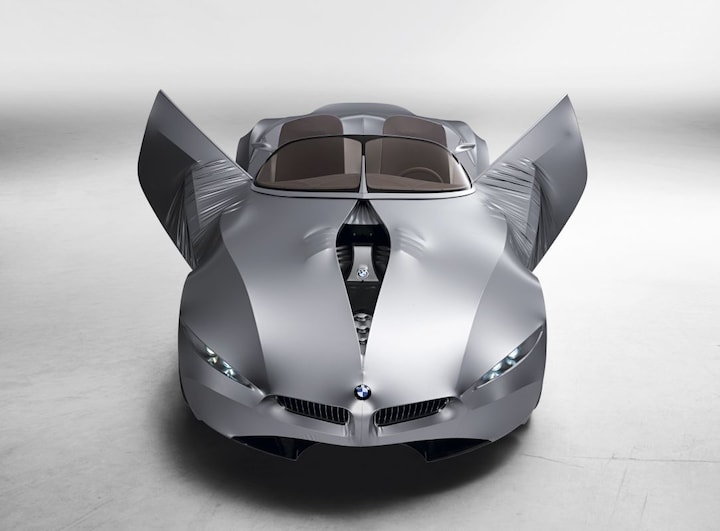
Another striking design element of the Gina is the lighting. The headlights are hidden behind the spandex, but when the lights are needed, the Gina opens its eyes, as it were. The rear lights are fully incorporated into the body and shine through the spandex. The material has also been generously used in the interior of the Gina. The dashboard looks very fluid and minimalist. Only three bells can be seen on the dashboard, only the head of the handle of the gear lever is visible above the spandex. A recognizable element is the iDrive controller on the center tunnel. While the Gina’s overall design looks particularly futuristic, the dual windscreen is a clear reference to historic cars such as the BMW 328 from the 1930s.
Design philosophy
However, the Gina was more than just an outlandish concept car for BMW. The study model embodied a completely new design philosophy. According to BMW, the materials used were more sustainable in production and the flexible spandex had to offer more freedom in the design of future models. In addition, it also offered a weight advantage. In practice, however, it never happened.
Since then, BMW has started looking more and more for solutions to further reduce the weight. The current 7 and 8 series, for example, have a ‘carbon core’, where a large part of the body is made of carbon fiber. Speaking of that 8 series, the front of the Gina looks like that with a little imagination, especially when you consider the shape of the open headlights. Has something still leaked from the concept car to the market?